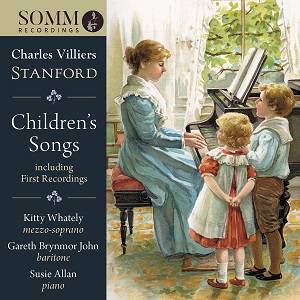Marschner was a close friend of both Beethoven and Mendelssohn. Schumann had a high regard for his music as well. Marschner was also considered Schubert's heir in the field of lieder.
And he was one of the most popular non-Italian opera composers of the mid-1800s. The rise of Wagner made Marschner's music sound old-fashioned, and it soon disappeared from the stage.
As Dario Salvi demonstrates, the assessments of Beethoven, Mendelssohn, and Schumann weren't wrong. Marschner had a facility for creating lyrical melodies. And he had then talent to orchestrate them for maximum dramatic effect.
Here Salvi focuses on three stage works: Prinz Friedrich von Homburg (1821), Kaiser Adolph von Nassau (1845), and Austin (1850). Also included is the 1842 concert overture "Sounds from the East."
By presenting multiple excerpts from these works, Salvi shows Marschner's range. There's a lot of great music tucked away in those scores.
Salvi conducts the Hradec Králové Philharmonic Orchestra. The ensemble has an attractive sound. Details are easy to hear, yet the sound has a smooth, homogenous texture.
Marschner wrote 18 operas and supplied music for four stage productions. So there's still a lot to explore. Here's hoping there's a volume three.
Heinrich August Marschner: Overtures and Stage Music 2
Hradec Králové Philharmonic Orchestra; Dario Salvi, conductor
Naxos 8.573382











